
6 Reasons Why You Should Hire A Professional Landscaper
July 12, 2021
How To Choose Timber Decking For Outdoor Garden?
August 6, 2021Is It Better to Cut Grass or Let It Grow?

Is It Better to Cut Grass or Let It Grow? To keep a good garden look during these hot days, you may have to mow the grass once per week. Grass cutting is demanding for just any species, but when done appropriately, it promotes development.
Turf Stimulation
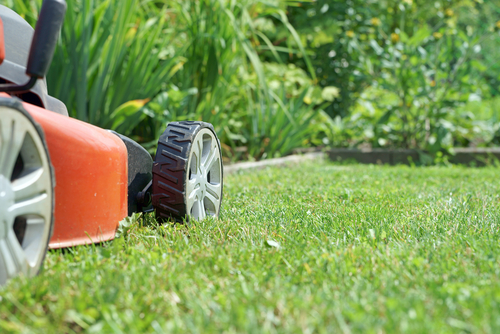
Whenever you mow the lawn, the grasses respond by producing more development to maximize photosynthetic processes due to decreased surface area over its blades. Consequently, based on the variety, the grass focuses its effort on the blade and runner growth.
Runners, for instance, occupy the free soil area around the parent grass plant, allowing the lawn to benefit from more photosynthesis. The grass develops into an interconnected layer with enough vitality to survive continuous mowing as well as other challenges such as heat and drought.
Excessive Mowing
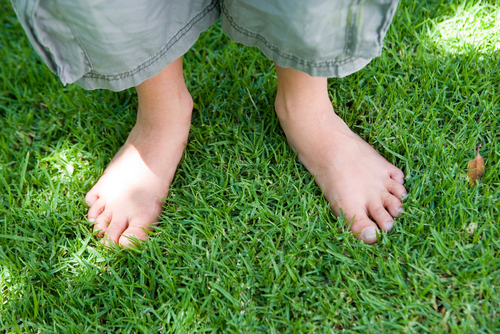
All through the year, the lawn must not be mowed shorter than two inches. Cutting your lawn too short encourages unfavorable growth patterns.
Rather than sharing energy between both the roots as well as the foliage, the grass focuses solely on blade growth. As a consequence, the roots grow shallow and are incapable of absorbing nutrients and moisture. Even though the grassy blade height rebounds from the frequent mowing, it may have a brown, uneven appearance as a result of the inadequate root system’s inability to sustain development.
Perfect Lawn Mowing
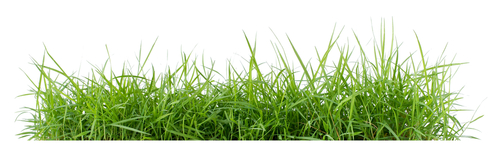
A healthy technique for maintaining a growth habit for a lawn would be to cut up to 1/3rd of the grass length in a session. Sharpen the mower blades before cutting the grass; dull blades rip at the turf, leaving it vulnerable to disease and also pests.
Mow the grass during the morning or evening to avoid putting extra pressure on the lawn during the hottest portion of the day. Change the mowing direction over the turf as well to keep the blades erect and ready to cut properly.
Tall Grass Advantages
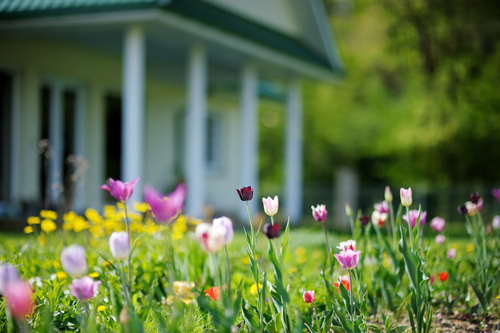
Permitting grass to grow somewhat greater than two inches allows it to survive stressful situations such as protracted dry spells or heat waves. The greater blade length allows the remainder of the grass to produce more energy.
Allowing lawn grass to grow too long, such as more than 4 inches, is not recommended. Apart from its ugly look, grass thatch thickens, obstructing the absorption of water into the soil. Establishing a regular mowing plan permits you to encourage healthy development and a vibrant soil environment.
Lawns are a man-made system. They were made by people, and they must be cared for by people. Certainly, the grass would grow even though it is not managed, however extra actions should be made and get the most out of the lawn. Additional feeding, correct mowing, and watering, as well as thatch control, are all necessary for a beautiful, healthy developing system.
Mowing is perhaps the most misunderstood profession. It is correct mowing that is the “best approach” to having a wonderful lawn.
Is It Better to Cut Grass or Let It Grow? –
4 reasons to keep your lawn’s length longer
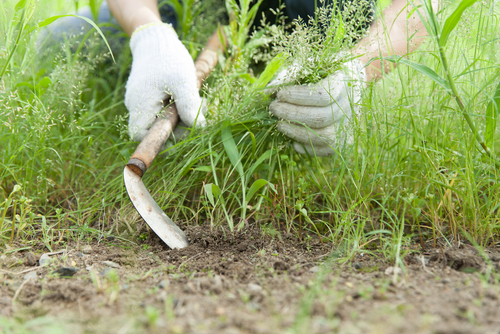
The grass blade is the portion of the grass plant that produces food. Photosynthesis occurs here, as well as the plant makes the essential nourishment for healthy root and shoots growth. The smaller it is, less the nourishment the plant will generate.
A larger grass blade shades the ground beneath it, making it cooler and preventing the lawn from drying up as rapidly as when it is mowed short. In other terms, the lawn will not require as much additional water.
Weed growth is reduced. Every grass has hundreds of weed seeds that are just waiting for the ideal conditions to sprout. One of these requirements is that the seed receives enough sunlight to warm up and germinate. The seed will have a significantly lower chance of germinating if the sun cannot reach it. One of the most effective weed management approaches is to mow high.
Finally, whenever a grass plant’s leaf blades are clipped short, the plant has little choice but is doing whatever it takes to develop a new one. The plant uses its food stores to create new shoots for doing so. Because these reserves are frequently held in the roots, pushing the grass plant to constantly develop new shoots decreases the plant’s nutrition storage capacity.
There are lots of leaf surfaces present whenever the lawn is cut high enough to maintain the plant healthy. This permits the grass to develop its food reserves plus develop stronger roots, resulting in a greener as well as healthier lawn.
Does grass cutting make it develop quicker?
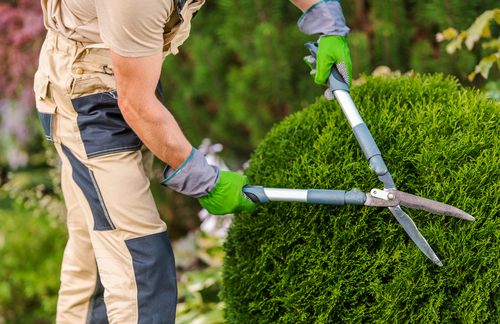
To summarise, the answer is yes. To develop, grass relies on photosynthesis, which is dependent on the leaf region catching the sunlight. When you trim the grass, you lower the amount of leaf area accessible, thus the plant will try to compensate by producing as much amount as feasible in the shortest amount of time.
As a result, your grass makes a concerted attempt to produce runners for new development. This may not always imply an increase in height. If the grass is mowed on a routine basis, outward development is more likely, culminating in a thicker lawn.
What’s the mowing cycle for a lawn?
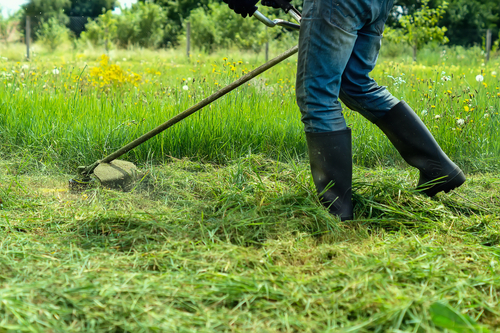
It varies on the time of year. During the peak developing season, based on the type of grass you have, you must mow the lawn for 5-7 days. When it starts to slow down, you can transition to a 2–4-week trim.
What to do for a fuller and thicker grass?
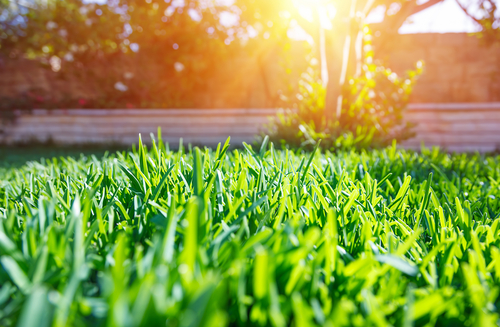
During the growing season, it is recommended to mow the lawn on a five-day cycle using a mulching mower, cutting off a moderate amount each time for the greatest results. The mulch will be reintroduced to the lawn. Grass clippings are high in nitrogen, which helps to fertilize the lawn.
The lawn will be far less stressed as a result of this. Mulch should not be used in areas where kids play or where the pet dog runs about. The one drawback to this strategy is that children or adults may bring the mulched grass within, which could be quite distressing for you.
Is It Better to Cut Grass or Let It Grow? – Conclusion
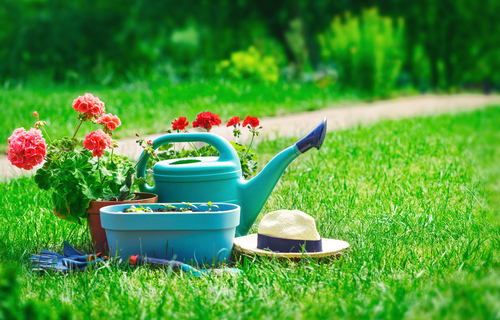
Three inches is a reasonable cutting height for grass cutting. It will provide ample leaf area to receive the sun and rain and the height and provide shade for the roots. It’s also the optimal height for retaining any moisture that may be present. You’ll end up with a lawn that looks wonderful and much more drought-tolerant than its shorter counterparts.




